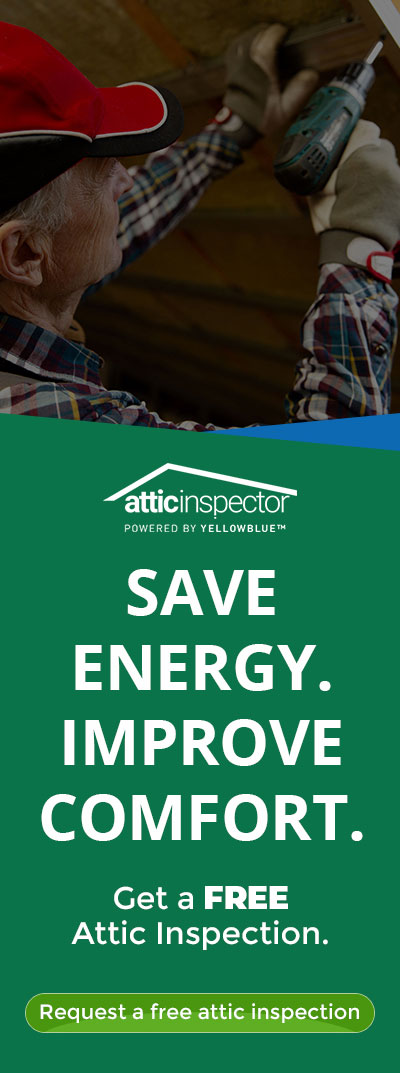In November we will once again transition to Standard Time. Darkness will descend sooner and street lights as well as those in parks, parking lots and other public and commercial spaces will begin to lighten our way at an earlier hour. With an economy that is challenging both corporate and community coffers, solar street lights (as well as other outdoor lighting) should be considered an applicable resource for dependable, cost-efficient outdoor lighting. As a matter of fact, many communities have already jumped on the solar-powered street light bandwagon.
Usually, highways and other wide thoroughfares require solar lamps supported by solar panels to provide approximately 10 hours of maximum illumination with limited battery drainage or damage. The lights and panels should be positioned in a fashion that facilitates the widest distribution of light. It’s also important to ensure that this light is not disbursed like a spotlight or giant beam, as this can be hazardous to drivers. The weight of some panels may require stronger posts or mounting options. The frequency of windy conditions can also impact the kind of pole chosen to hold the lamps and panels.
Another option for capable outdoor lighting is LED. This type lighting, for example, uses minimal battery energy. Yet, LEDs are capable of producing bright, effective, long-lasting, economic illumination in any outdoor area.
The function and expectations of individual highway and/or street lights as well as any other lighting purchased for outdoor use should be discussed with the manufacturer in order to make the best possible choice. Aside from economic advantages, solar powered outdoor lighting requires minimal maintenance. They need no on-off manipulation and can even dim, to adjust to changes in natural light.
As individuals and the nation as a whole move toward more eco-friendly, cost efficient choices and as solar technologies continue to improve, more and more solar powered lighting will become the standard throughout our communities.


